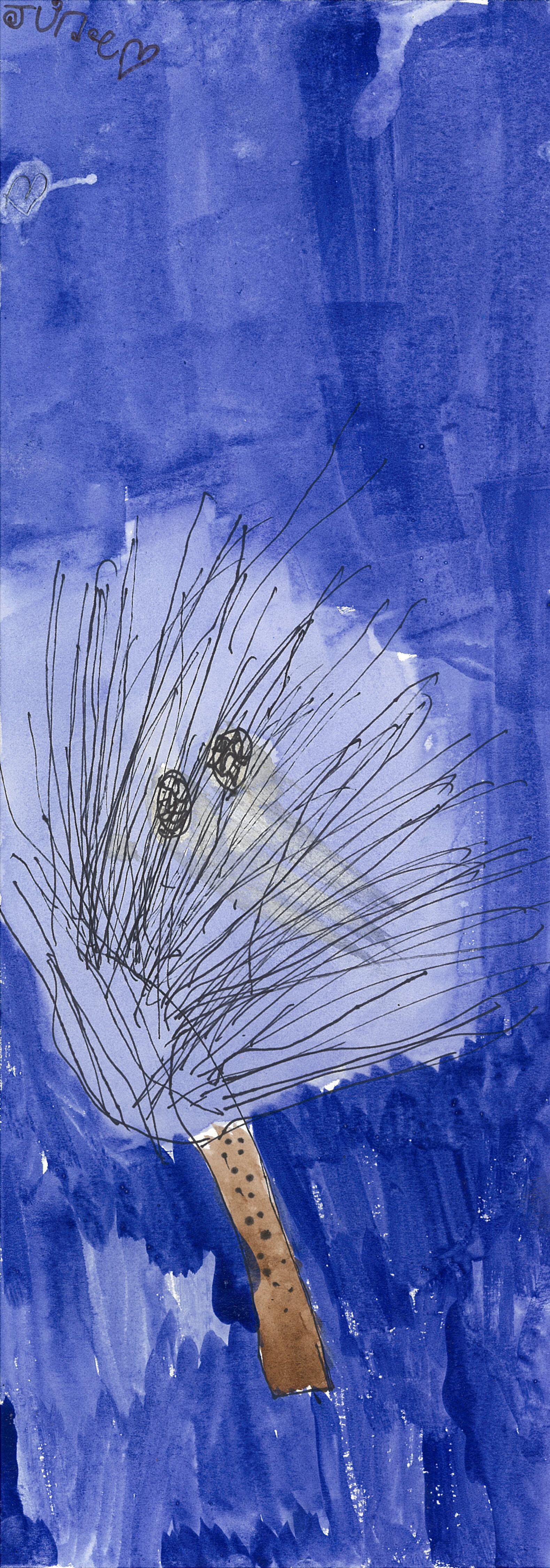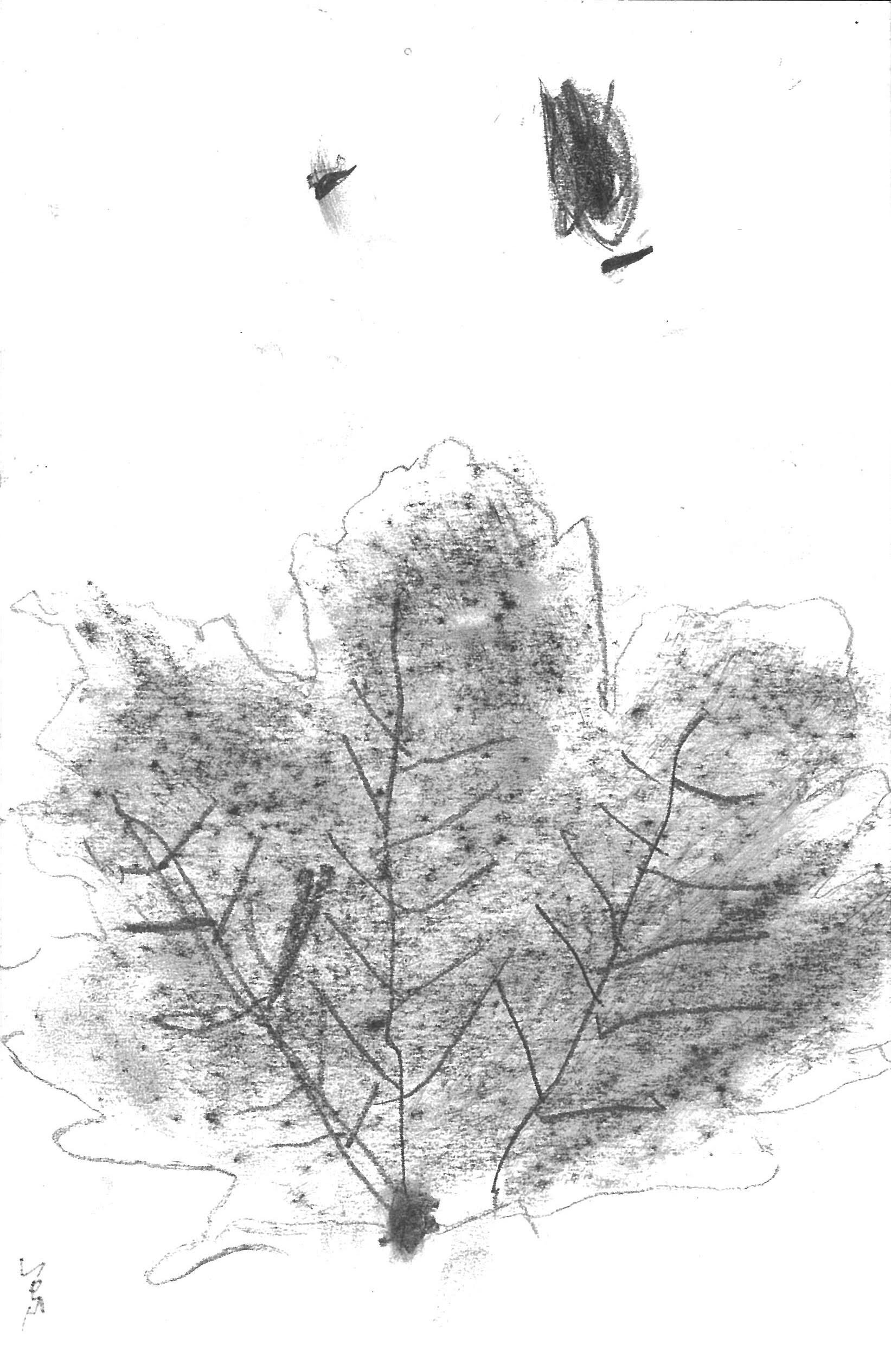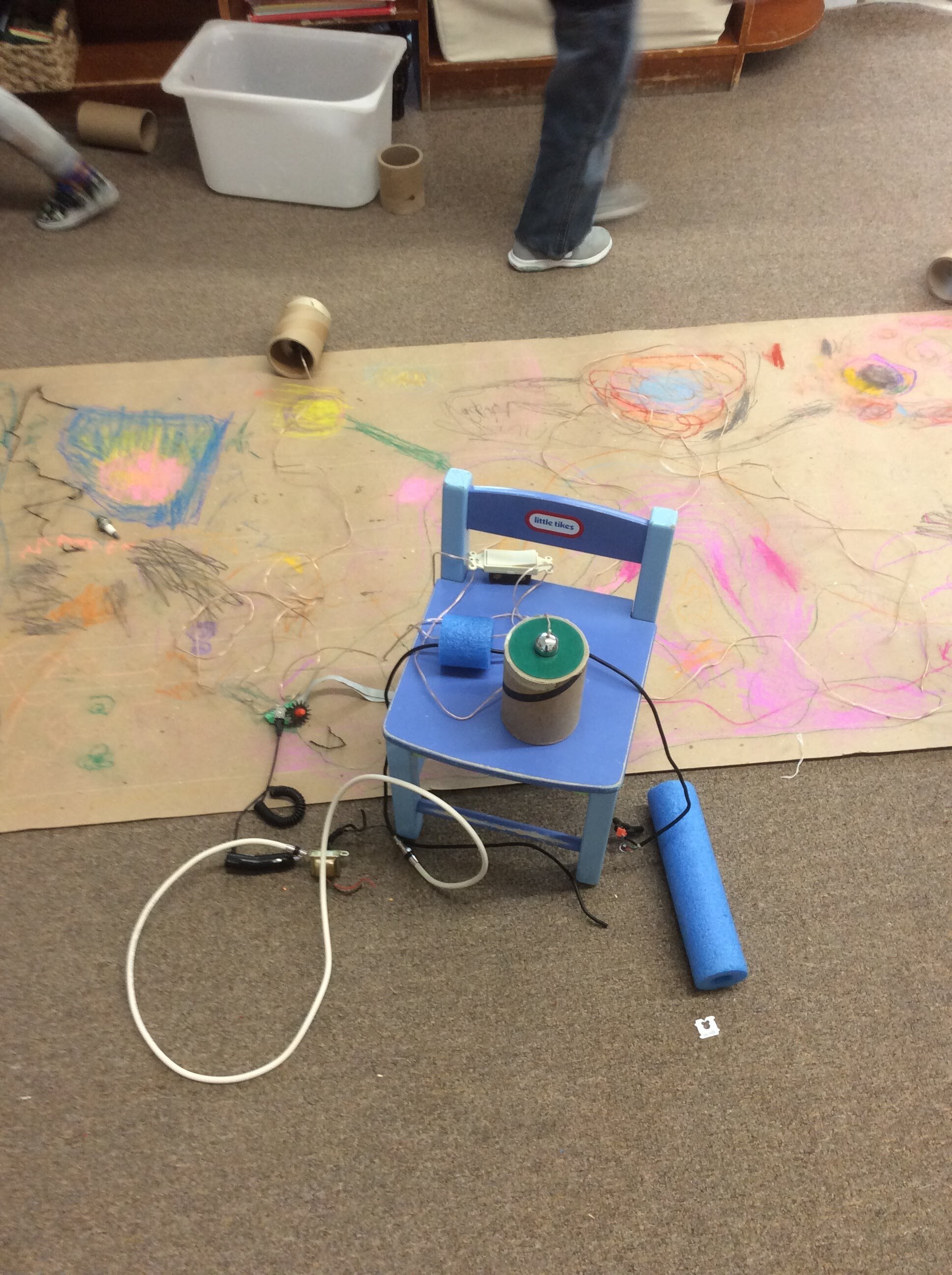Children are curious. Curiosity is the basis of research, the call to learning the world.
In the spring of 2018 the schoolyard at R.L. Beattie was a mucky landscape of rivulets from the spring freshet. The children asked, “Where does the water come from? Where is it going?”
Their teacher, Julie Kelly, is a deeply engaged educator who is inspired by the processes and thinking of Reggio Emilia. She was curious to know what would happen if an artist worked with the children to follow their questions, and wondered how arts media might transform, shift or enhance the research she and the children had been engaged with.
She knew of my work and approach using creative field practices, and had read my books.
My role, in the intensive time I spent in the classroom, was to engage children in a process of creative field research to explore their initial questions and theories about water pathways, along with others that emerged through our daily research walks in the bush and on the hill behind the school: can water travel through wood (and houses)? How does water travel up a tree, or through a leaf? We walked, we observed, we collected, we followed and traced, we drew, we painted, we debated and challenged our theories. A drawing for a cloud machine was created. The rivulet led to the lakes.
Eventually, the children came to the conclusion that “everything is connected.”
The following year, we returned to the work, curating an exhibition of the children’s research, their findings and process at the McEwan School of Architecture.
Several articles were published as a result of the project:
An Ecological Child, co-authored with Sharon Speir and July Kelly, Innovations in Early Education: The International Reggio Emilia Exchange, 2020.
Water Pathways and Research Tributaries, art-based research with children, co-authored with Sharon Speir and July Kelly, Innovations in Early Education, 2019.
A Study of Pathways: Entanglements with Reggio in a northern Ontario bush, co-authored with Sharon Speir, and July Kelly, Journal of Childhood Studies, 2019.
The cycle of images exploring a range of water pathways include: observational drawings of leaves, pine cones, pine needles, and a stick, a large scale collaborative waterways drawing, the cloud machine prototype, Davie’s meltwater graphite drawing, several water pathways (hot and cold water in a house, waterways, and the rivulet paths). An exhibition of the children’s work was held at the Sudbury School of Architecture.
Photo credits: Sharon Speir
Teacher: Julie Kelly
Funder: Artists in Residency program, Ontario Arts Council






